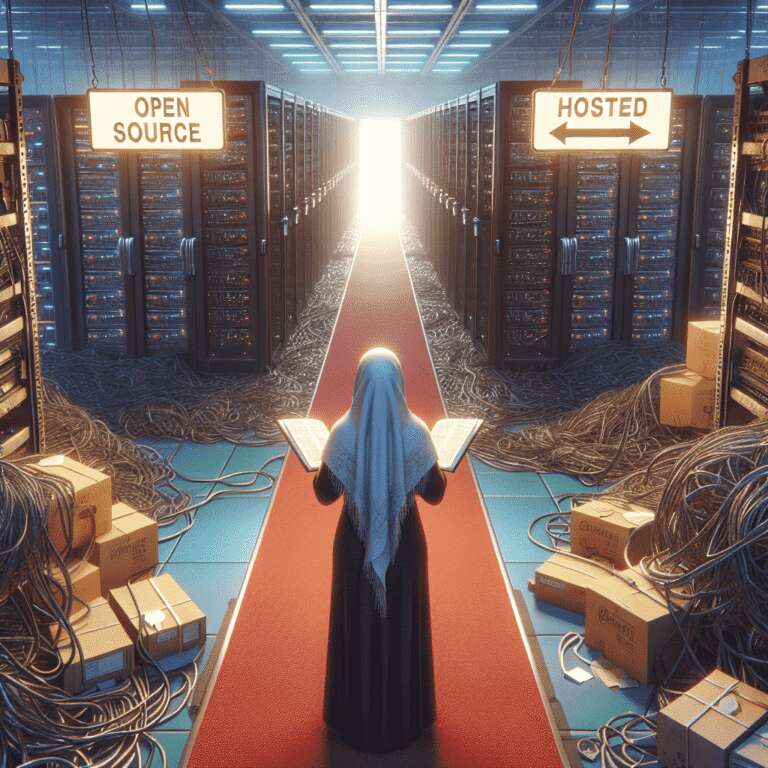Picking the optimal large language model (LLM) for an Artificial Intelligence project goes well beyond just choosing the largest or newest model available. Many practitioners are attracted to open-source LLMs, lured by the promise of flexibility and the zero-dollar price tag, but practical deployment in real-world scenarios can reveal significant hidden costs. The article highlights that deploying open-source LLMs often requires substantial computing resources, which can result in unexpected expenses, especially when scaling from experimentation to production.
The author shares a personal anecdote to illustrate this gap between expectation and reality. An application was developed to convert audio into text and extract concepts using the open-source Whisper model, running smoothly and at minimal expense on a local GPU via Google Colab. However, when attempting to deploy the same model on Hugging Face, the requirement for a paid GPU instance became apparent, even for a simple demonstration. In contrast, if OpenAI´s hosted Whisper API had been used, the processing cost would have been included and offloaded to the API provider, enabling deployment on a lower-cost CPU instance instead of an expensive GPU machine.
This real-world example drives home a crucial point: the trade-offs between open-source and closed-source LLMs are not always obvious. Open-source models may require larger upfront investments in hardware or cloud infrastructure for inference, making them potentially more expensive than expected, while closed-source APIs often abstract away these hardware costs. The decision to choose one model over another requires balancing not just licensing fees but also infrastructure needs, operational complexity, scalability, and long-term support. Ultimately, as organizations consider their Artificial Intelligence architecture, a nuanced and holistic understanding of both explicit and hidden costs is essential in order to make cost-effective and sustainable technology choices.

